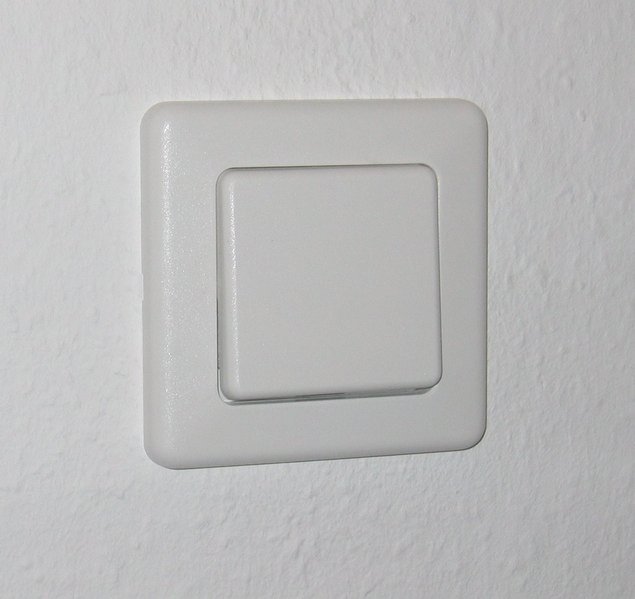Today, I journeyed to Cologne yet again, this time to see what its Christmas market had to offer. The market actually consists of several locations. each with it's own unique feeling. The first one I visited lay next to the cathedral just outside the main train station. The short but windy and drizzly walk over to it made me glad to have worn a hat and winter coat. The cold became slightly less noticeable inside the market itself. There ovens, lights, and the crushing mass of tourists helped to warm things up.
The first market had quaint wooden booths with tented red roofs. They were arranged in a rectangle on the outside and a four pointed star inside, which surrounded a central stage. Lights strung from the stage to the corners of the star made a glowing web above it all. The stalls had everything from food to handcrafts to all the Glühwein you could ever want. Had I decided to stick around a little longer, I could have attended a brief concert on the stage.
However, it was noon and I was hungry. I wandered past most of the booths. Although I found a variety of offerings, the most common were sausage, waffles, french fries, grilled almonds, and Reibekuchen (fried potato pancakes with apple sauce).
In the end, I decided on a
Weihnachtswurst, meaning Christmas sausage. I had no idea what that entailed, but the name intrigued me. The price of 3€ wasn't bad either. If my post-sausage research is to be believed, the Weihnachtswurst is a relatively new creation, by which I mean it hasn't been around since the beginning of time like other classics. It is essentially a bratwurst but with bits of apple and a hint of caramel added to the mix to create an incredibly juicy and sweet sausage. I would definitely recommend it.

Hoping to find a bit more space to breath, I moved on to the next locale. The historical district market had a heartier feel to it. The booths consisted of dark wood with decorative carvings along the bases. Instead of red fabric tents, the roofs were decked with garlands and the occasional porcelain gnome. The market was divvied up into
Gassen (alleys) with themes ranging from grub to gold. Each alley has a sign with both its name and a cartoon gnome surrounded by the appropriate item.
Okay, what's with all the gnomes? It turns out, they are called Heinzels. As the story goes, Cologne used to be a utopia of laziness. No one ever had to work because as soon as they fell asleep, the hard working Heinzels would appear and do everything for them. It was only when the tailor's wife became curious and set out to catch the mysterious helpers that things went south. She covered the floor with peas to make the Heinzels trip. Well, it worked. Alas, they ran away and never returned, leaving the city's lazy inhabitants the dread task of doing their own jobs.
My favorite part of this second market, apart from the Heinzels, was a carving station. Enormous wood figures of angels, cats, and owls were arranged into a ring. In the center, the carver chipped away at a new project. I enjoyed watching him work even more than I liked the statues themselves. I could have stood there forever, but I still had half a market left to see.
The second half, separated from the first by a few short alleys, consisted of some jewelry stands, a bunch of food and drink stalls, and a substantial ice rink. It looped around a large statue of men on horses, narrowed a bit to fit under a bridge for pedestrians, and then bulged outwards again on the other side. Tucked into one side of the rink was a place for playing
Eisstockschießen, otherwise known as Bavarian curling. As far as I could tell, it was a cross between curling and bocci ball. Pucks with a vertical stick on the top are slid across the ice with the goal of landing as close to a center pole as possible. While I did not participate in either the game or the skating, I was pleasantly surprised to discover their presence at the market.
Eventually, with my energy drained to a minimum, I returned home to take a long and pleasant nap. I may return to visit some of the other market locations. I am particularly curious about one in particular: the Gay and Lesbian Christmas market. I have heard that the shops are all wrapped in pink tinsel and the goods often come in rainbow patterns. Why homosexual Christmas shoppers should want anything different from heterosexual shoppers is beyond me. It isn't as though the regular markets are full of straight porn or anti-gay paraphernalia. Moreover, I can't help but feel that decorating the homosexual market in glitz and glitter is just a teensy bit stereotypical. Then again, it's supposedly quite popular in the gay community. I'll have to reserve judgement until I can take a look around myself.











